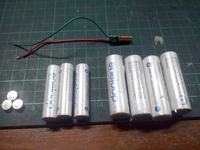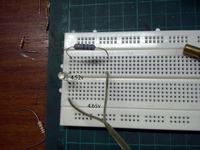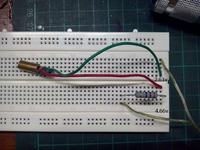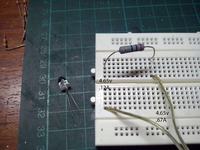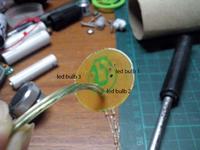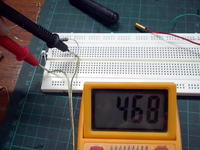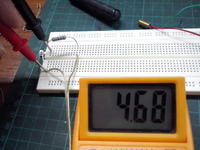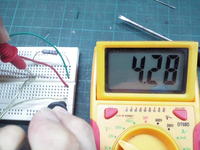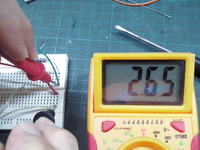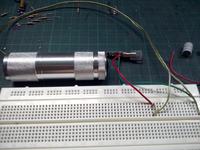squirrel online
Junior Member level 1

i have a laser pointer that is powered by 3x1.5 button cells. testing the batteries results to 4.5+ volts and .14A.
i want to convert it to use 3xAAA that has 1.2v and 800mA
what i've done so far
used 3xAAA with 1.2v = 3.6+ volts and 800mA
it lights up for a few seconds only
removed the power source for a minute
it lights up again for a few seconds
used 4xAA with 1.2v = 4.8+ volts and 2000mA
it blinked and did not light up again
what do i need to make it work? thanks
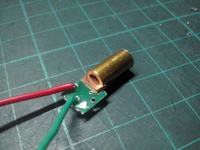
i want to convert it to use 3xAAA that has 1.2v and 800mA
what i've done so far
used 3xAAA with 1.2v = 3.6+ volts and 800mA
it lights up for a few seconds only
removed the power source for a minute
it lights up again for a few seconds
used 4xAA with 1.2v = 4.8+ volts and 2000mA
it blinked and did not light up again
what do i need to make it work? thanks

Last edited:

